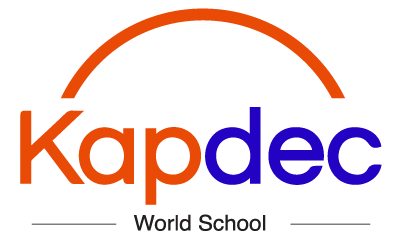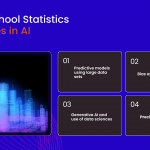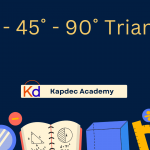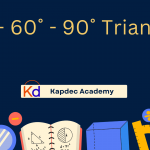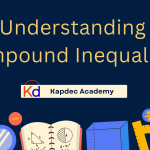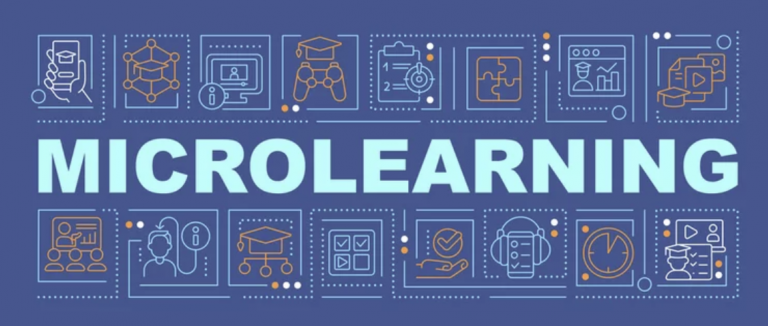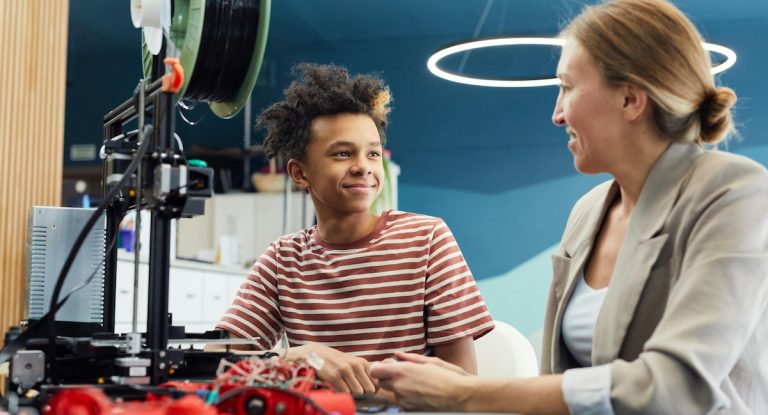Every summer, educators and parents face a recurring challenge—summer learning loss, also known as the “summer slide.” This refers to the academic setback students experience when learning slows down or stops during extended breaks. Studies suggest that students lose nearly two to three months of math skills and a month of reading skills during summer vacations. The year 2020 made this even more challenging with the COVID-19 pandemic disrupting traditional schooling. Fortunately, E-Learning emerged as the ultimate solution to reverse this learning loss and keep students academically engaged (Refer).
Why Summer 2020 Was Unique
The year 2020 wasn’t just about the usual summer break. With schools closing due to the pandemic, students experienced longer learning gaps, lack of structured teaching, and increased distractions at home. Parents struggled to maintain a balance, and students risked falling significantly behind in core subjects. That’s where E-Learning tools, platforms, and digital classes stepped in to bridge the gap.
How E-Learning Helps Reverse Learning Loss
- Continuous Engagement: Unlike traditional summer holidays, online platforms keep students consistently engaged through daily lessons, quizzes, and gamified challenges.
- Flexibility in Learning: Students can learn at their own pace, revisit difficult concepts, and focus on weak areas without classroom pressure.
- Personalized Learning: AI-driven platforms recommend tailored lessons based on individual student performance.
- Access to Global Resources: Instead of limited textbooks, students can explore videos, virtual labs, and interactive simulations.
- Skill Development Beyond Academics: Coding, digital literacy, problem-solving, and critical thinking become part of summer learning.
The Role of Parents and Teachers
E-Learning isn’t just about technology; it thrives on guidance. Parents and teachers play a vital role in encouraging students, monitoring progress, and blending online lessons with real-life applications. For instance, math concepts can be applied in cooking measurements, while reading can be boosted with online storytelling platforms.
Looking Beyond Summer 2020
What started as a necessity in 2020 is now shaping the future of education. E-Learning isn’t just a short-term fix but a long-term supplement to ensure continuous learning, resilience, and adaptability. Schools worldwide are adopting blended learning models to reduce the risk of future learning gaps.
FAQs
What is summer learning loss and why is it important?
Summer learning loss, also called the “summer slide,” refers to the decline in academic skills when students take a long break from structured learning. Research shows students lose up to three months of knowledge in subjects like math and reading. Addressing this is crucial because repeated loss over years creates long-term gaps in performance.
How did the COVID-19 pandemic worsen summer learning loss in 2020?
In 2020, schools shut down unexpectedly, extending the learning break. Students faced reduced teacher interaction, minimal structured lessons, and increased screen distractions. This made the summer slide worse than usual, leading to academic and emotional challenges.
How can e-learning help reverse summer learning loss?
E-learning platforms offer interactive lessons, gamified quizzes, and personalized learning paths that keep students engaged even during breaks. Unlike traditional methods, students can revisit difficult topics, practice continuously, and receive instant feedback to strengthen weak areas.
What subjects benefit the most from e-learning during summer?
Math and language skills show the greatest summer loss, so online modules in these subjects are especially effective. Beyond academics, students can also learn coding, problem-solving, and communication skills through digital platforms, giving them an all-round advantage.
How can parents support their children in e-learning during summer?
Parents can create a structured routine, monitor screen time, and encourage breaks between sessions. They should also blend online learning with real-life applications—for example, practicing fractions through cooking or improving reading through online storytelling apps.
Will e-learning continue to be useful beyond Summer 2020?
Absolutely. What started as a necessity in 2020 has proven to be a long-term solution. Schools are adopting blended learning models combining digital and in-person classes. E-learning ensures students stay resilient, adaptable, and future-ready even if faced with disruptions.
Final Thought
Summer 2020 may have posed unprecedented challenges, but it also highlighted the power of E-Learning in transforming education as kapdec did. With technology-driven platforms, students no longer need to fear summer learning loss. Instead, they can turn breaks into opportunities to review, strengthen, and advance their academic and life skills.
